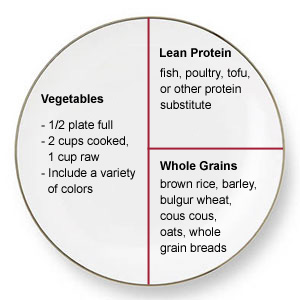A few interesting posts elsewhere caught my eye.
First, Dr. Emily Deans reports that people who have experienced influenza or coronavirus infections are much more likely to suffer mood disorders such as depression.
We believe that most diseases result from the interaction of a bad diet with pathogens, so we’re not surprised to see more evidence associating pathogens with depression.
As Dr. Deans says, make sure your vitamin D levels are optimized for protection against these viruses.
Second, Dr. BG offers something tangentially related to our last post on fecal transplant therapies. She links to a post by Richard Nikoley explaining that while in ruminants vitamin B12 is made in the rumen and can be absorbed in the intestine, in carnivores and omnivores like humans vitamin B12 is made in the colon and is not absorbed well, but rather exits in the feces.
This is why animals, in addition to eating a lot of liver if they are carnivores, also eat feces (coprophagia). It gives them vitamin B12. (Perhaps it also cures their colitis, but we’ll await clinical trials to be sure.)
Always eager to provide visual evidence, Dr BG managed to find this video of gorilla coprophagia. Do not watch if you are squeamish, eating dinner, or dislike the sound of children squealing!












Recent Comments